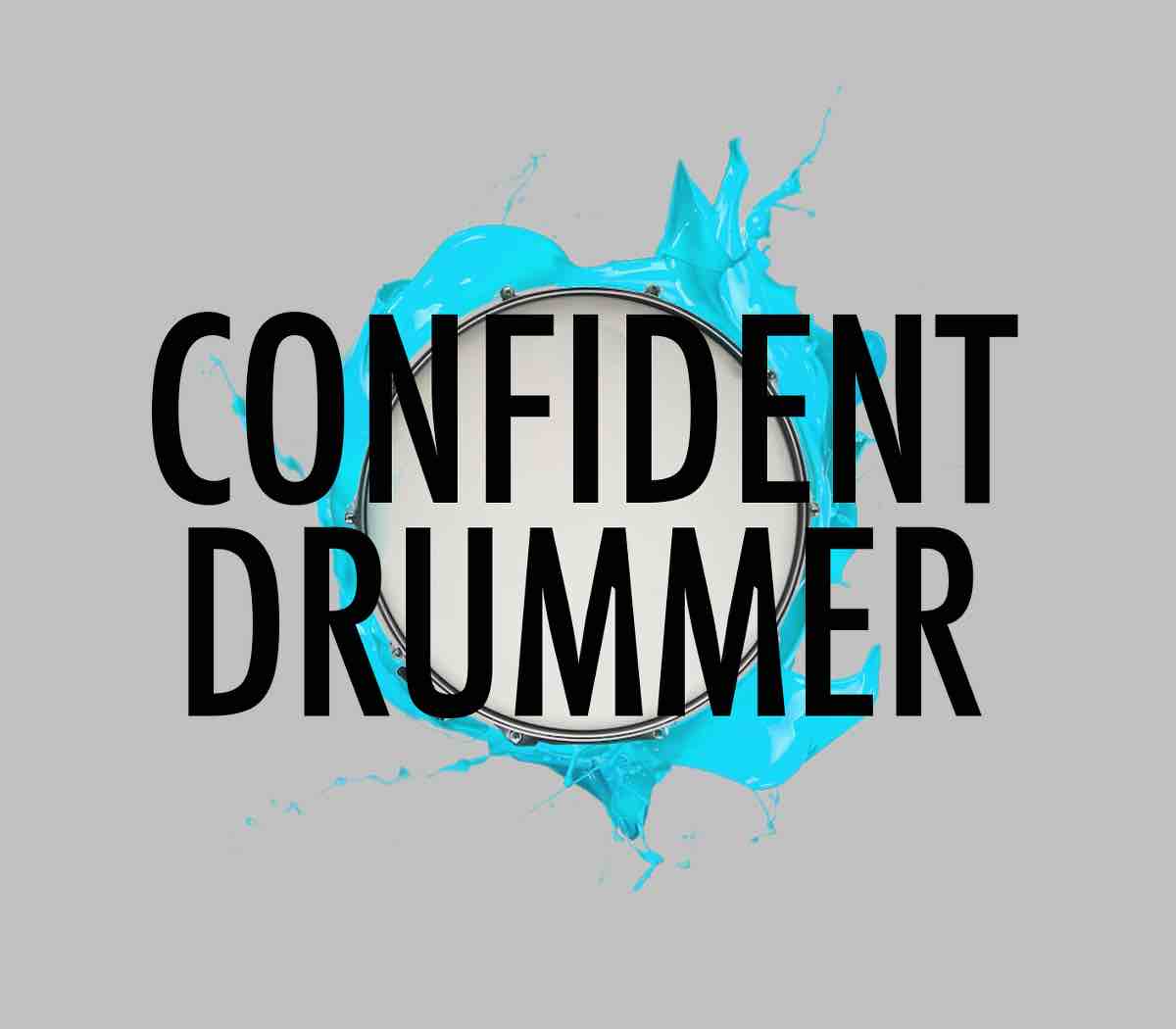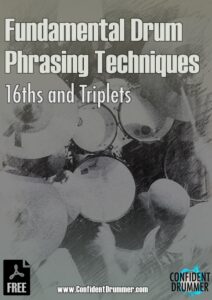One of the cornerstones of drum technique is alternating hands phrasing, based on playing single strokes and using accents to create interesting solutions.
The idea is to just play a stream of 16ths or 8th note triplets (or any other subdivision) on the Snare Drum, and accent some combination of notes, in order to obtain a certain musical phrase. The accents can remain on the Snare or be orchestrated on Toms and Cymbals to make things more exciting.
Since this is the most common approach to phrasing, due to its simplicity, effectiveness and musicality, in this lesson we are going to study its fundamental techniques, in order to fully integrate the way it works.
To begin with, we’ll focus on a single alternating hands phrase and use it to study all available options, both in sixteenths and triplets, first on the Snare and then on the entire Drum Set in a multitude of ways.
Here are the solutions that we are going to practice with the basic phrase:
- Adding the Bass Drum on quarter notes.
- Orchestrating the accents on Toms.
- Orchestrating the accents on Cymbals.
- Doubling the unaccented notes.
- Orchestrating freely around the Drum Set.
- Additional stickings (leading with the left hand, using one hand only).
As an extra exercise, let’s keep in mind it’s useful to repeat all variations also with Snare Drum accents played as Rimshots.
Then we have two pages with 8 phrases each, based on sixteenths and triplets, that we can use to apply and reinforce the same principles we have just practiced.
Here is the PDF with transcriptions of all examples:
And here is the link to the YouTube video in which I play the exercises shown in the booklet. You can also click on each example in the PDF to access the specific video demonstration.
As usual, I recommend focusing mainly on accuracy and taking care of all the details related to mechanics and hand motions (the Moeller method, the Up Stroke and the idea of ‘throwing the sticks’).
If we notice we have trouble playing with precision or developing speed, it’s likely that the reason is we have never worked on the single accent positions.
If that’s the case, we can use the last two pages of the free PDF to practice each case, one at the time.
These include all available accent options, both in sixteenths and triplets, and based on one and two accents per quarter note.
They are pretty helpful in clarifying how the various motions concerned intersect with each other, before going back to complete phrases that combine accents and working these out on the entire Drum Set in the multitude of ways explored above.
As a matter of fact they can be a nice way even for advanced drummers to polish things out (I actually go through them regularly).
Lastly, one more advantage of this approach to phrasing is that, as discussed in ‘5 Ways to Interpret a Drum Chart‘, playing alternating hand single strokes and accenting the figures is the most intuitive and effective way to interpret rhythmic figures from a drum chart and translate them on the Drum Kit in a musical fashion.
Related resources:
30 Ways to Practice a Vinnie Colaiuta Lick
Musical & Creative Inverted Paradiddle Applications
‘Phrasing & Fills’ – Altitude Drumming – Volume 5
Advanced Phrasing Techniques – Sextuplets and Ninetuplets



















